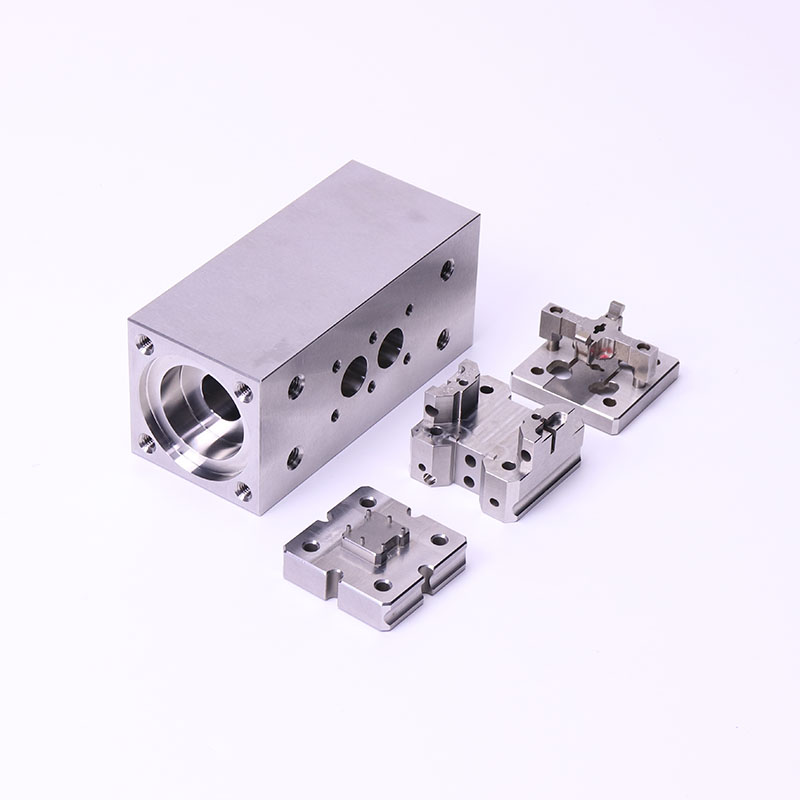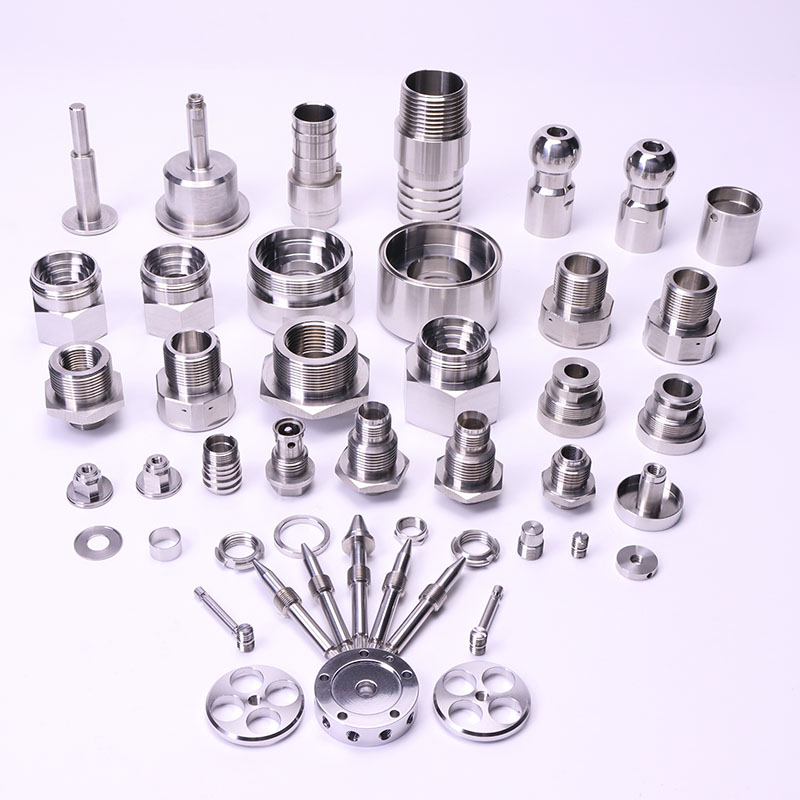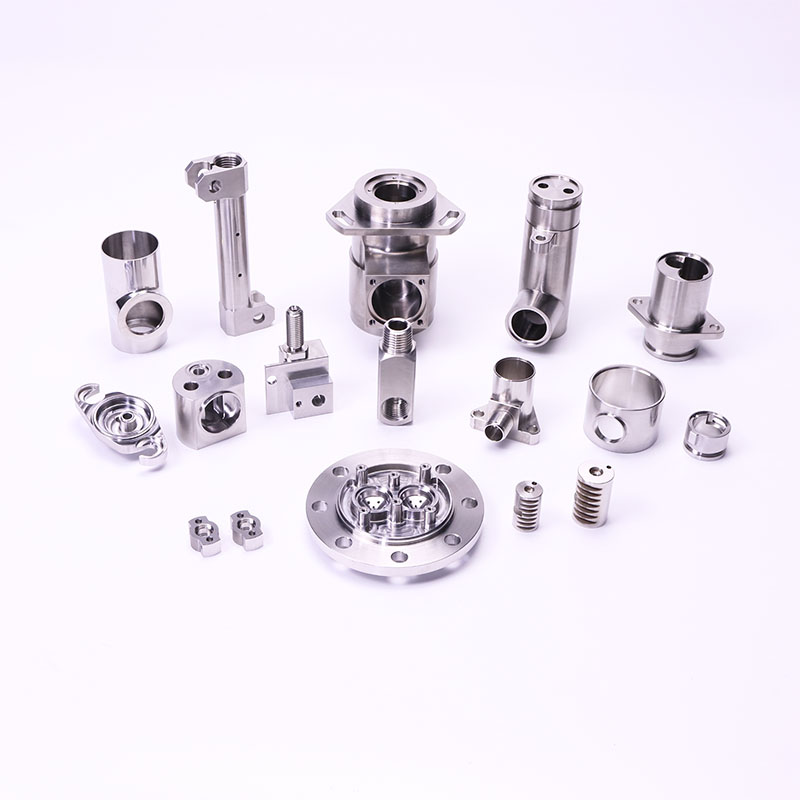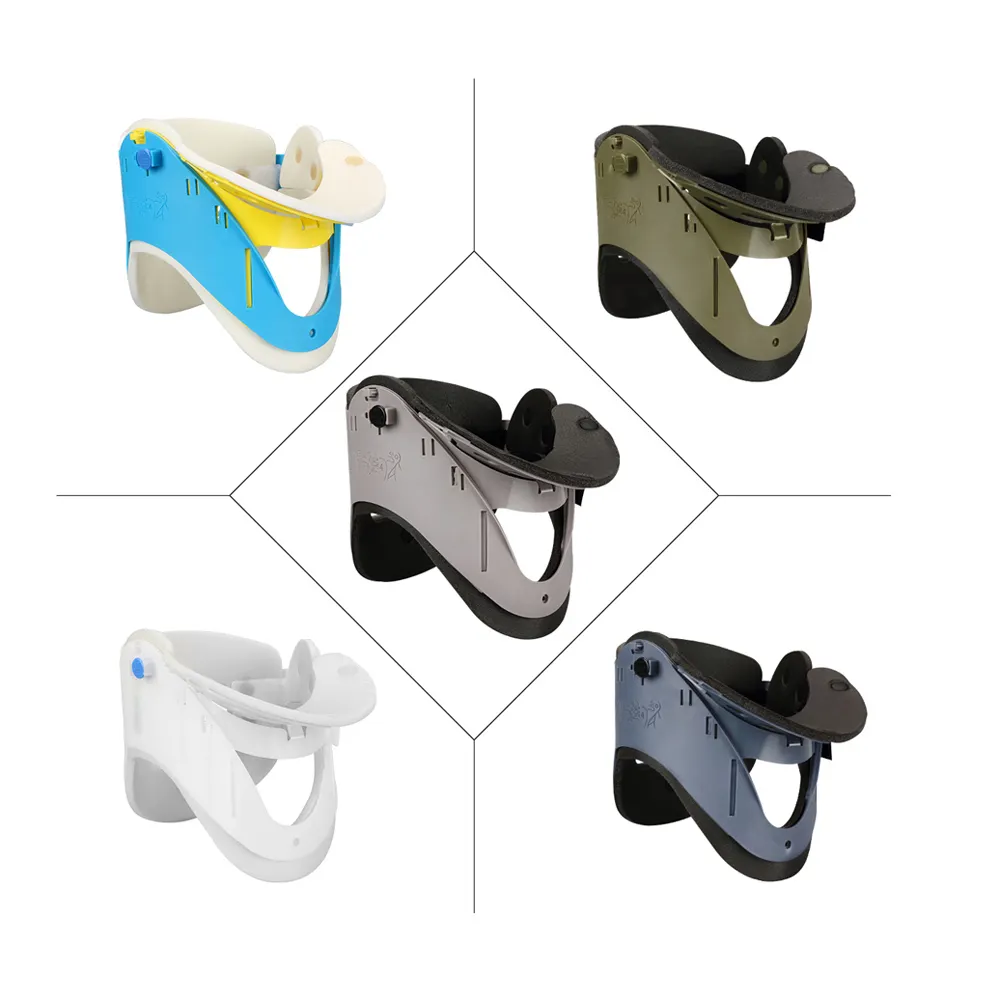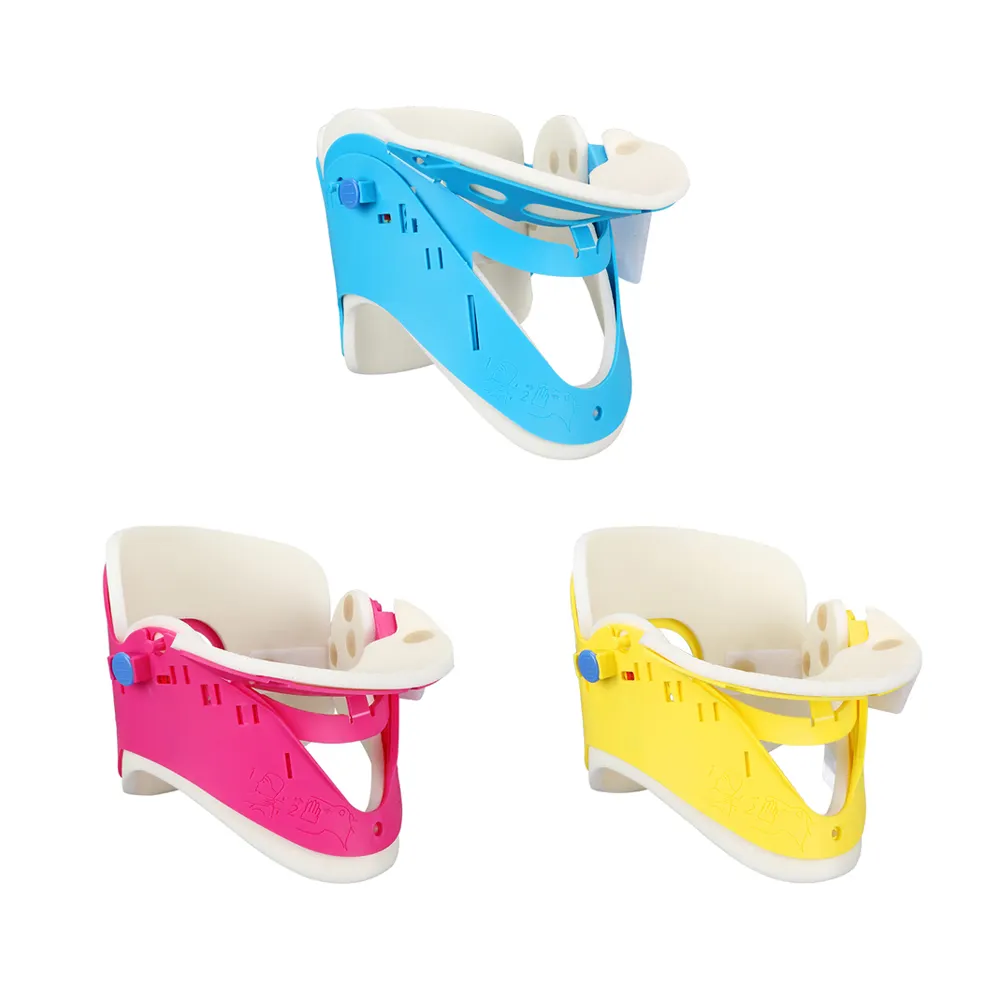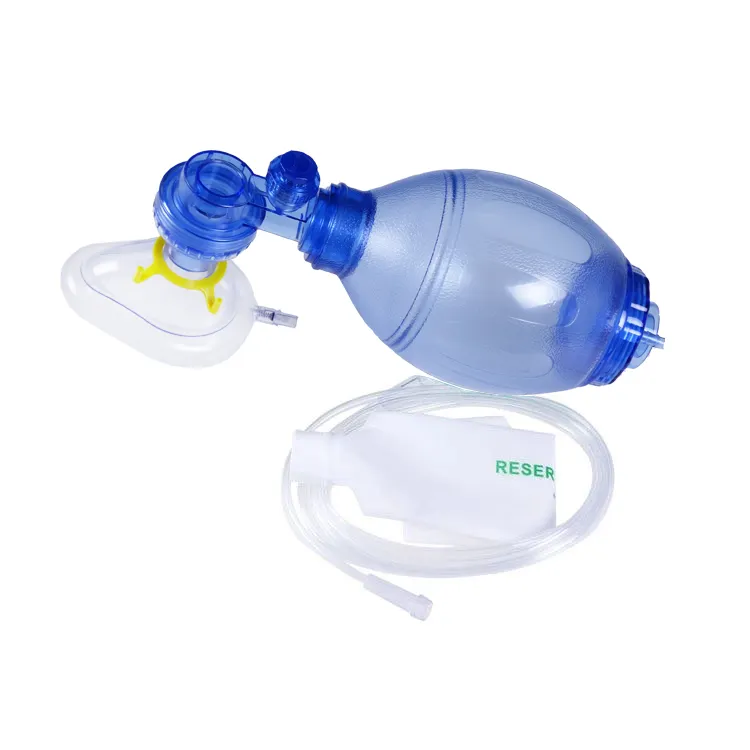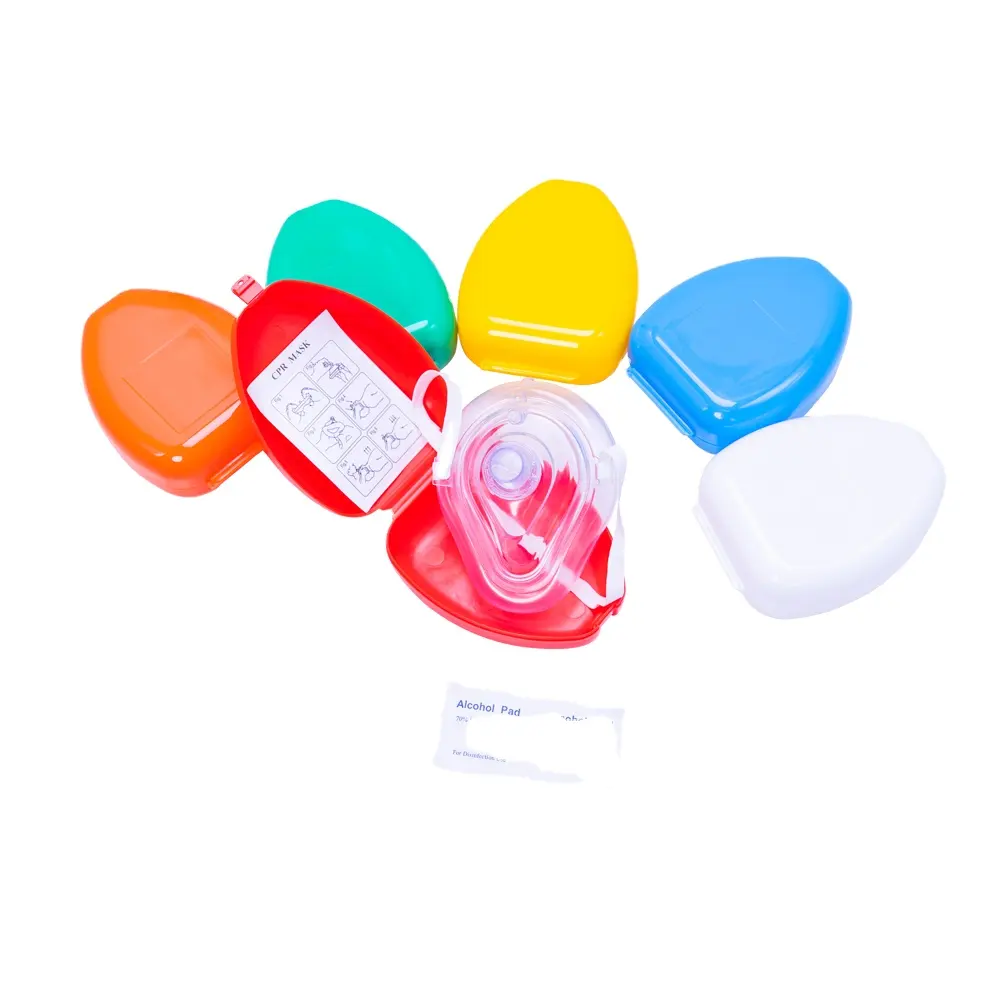Abstract
This article explores the use of special metals in the development of pneumatic muscle actuators, particularly within the field of metal robot parts. With a focus on material selection, design optimization, and real-world applications, it presents the future of robot technology through advanced metal solutions. The article examines how these metals enhance flexibility, strength, and durability in robots, providing industry insights and predictions for future developments. Real-world case studies from China and Europe highlight practical applications and innovations in robotics.
1. Introduction
As we enter an era of rapid technological advancement, robotics continues to take center stage in various industries. Whether in manufacturing, healthcare, or space exploration, robots are increasingly tasked with complex operations that require both strength and agility. The key components driving these innovations are metal robot parts, and among them, pneumatic muscle actuators are pushing the boundaries of what robots can achieve.
In this article, we will explore how special metals are utilized in pneumatic muscle actuators to enhance performance, extend durability, and ensure robots are ready for future challenges. By integrating advanced materials and technologies, metal robot parts have become essential to enabling high-performance robotic systems. Through real-world examples and detailed technical insights, we aim to demystify the role of metals in modern robotics.
2. The Role of Metal Robot Parts in Pneumatic Muscle Actuators
2.1 The Evolution of Pneumatic Muscle Actuators
Pneumatic muscle actuators (PMAs) are flexible, lightweight, and capable of generating significant force, making them ideal for robotic applications that demand both strength and flexibility. Initially, PMAs were developed using standard materials such as rubber and plastic, but their limitations in strength and durability soon became apparent.
With the increasing demand for metal robot parts in industrial and military applications, researchers turned to special metals and alloys to enhance the performance of PMAs. These materials not only improved the actuator's strength-to-weight ratio but also contributed to its longevity under extreme operating conditions.
2.2 Benefits of Special Metals in Pneumatic Actuators
Special metals, such as titanium alloys and high-strength steel, offer several advantages in the design of pneumatic muscle actuators:
Durability and Strength: These metals provide superior mechanical properties, ensuring that the actuators can withstand high levels of stress and fatigue.
Corrosion Resistance: Metals such as titanium and stainless steel offer exceptional resistance to corrosion, which is crucial for actuators used in harsh environments, including marine and aerospace applications.
Lightweight: The use of lightweight metals allows for the development of smaller, more agile robots without compromising on power or strength.
These properties enable pneumatic actuators to perform with higher precision and reliability, particularly in robots designed for heavy-duty industrial tasks or high-performance applications such as aerospace and medical robotics.
3. Real-World Applications of Metal Robot Parts
3.1 Aerospace and Defense Applications
In aerospace, metal robot parts have revolutionized the development of unmanned aerial vehicles (UAVs) and space exploration rovers. For instance, NASA's Mars Rover utilizes pneumatic muscle actuators reinforced with titanium alloys to handle the extreme conditions of space travel. These special metals allow the actuators to operate efficiently under the significant stress caused by drastic temperature changes and high radiation exposure.
In the defense sector, countries like China have adopted robotic systems enhanced with special metal components to improve the flexibility and mobility of military robots. These robots are used in challenging environments such as mine detection, disaster response, and reconnaissance, where reliability and strength are crucial.
3.2 Industrial Automation
Metal parts in robots have made substantial contributions to the efficiency and speed of industrial automation. For example, in European automotive manufacturing, pneumatic muscle actuators using high-strength steel and composite metals have significantly reduced the time needed for assembly tasks, while also decreasing downtime due to mechanical failures.
4. Challenges and Innovations in Metal Selection for Pneumatic Actuators
4.1 Fatigue and Stress Resistance
Despite their advantages, using special metals in pneumatic muscle actuators introduces new challenges. One of the primary concerns is managing metal fatigue. Over time, actuators subjected to continuous stress cycles can experience micro-cracks that reduce their effectiveness.
| Material | Stress Resistance (MPa) | Fatigue Life (Cycles) |
|---|---|---|
| Titanium Alloy (Ti-6Al-4V) | 900-1100 | >10 million |
| Stainless Steel (304) | 520-620 | 5-10 million |
| Aluminum Alloy (7075) | 480-580 | 1-5 million |
To address this issue, researchers are developing composite metals that combine the lightweight nature of aluminum with the durability of titanium. This combination enhances fatigue resistance while keeping the actuator lightweight and agile.
4.2 Surface Treatment Solutions
Surface treatment, such as anodizing or applying specialized coatings, can further enhance the durability of metal robot parts. Coating technologies that integrate nanoparticles are becoming popular as they can significantly increase resistance to wear and corrosion without adding extra weight. For example, a Chinese robotics company recently adopted titanium nitride (TiN) coatings on their actuators, increasing the operational life by 30% in harsh environments.
5. Future Trends in Metal Robot Parts
5.1 The Rise of Smart Materials
As technology continues to advance, the next step in the evolution of metal robot parts may involve smart materials. These materials have the ability to change shape, strength, or other properties in response to external stimuli, such as heat or pressure. Researchers in both China and the U.S. are already experimenting with shape-memory alloys for use in robotic actuators, which could lead to a new generation of adaptable robots capable of self-repair and autonomous adjustments.
5.2 Sustainable Metal Solutions
With the growing emphasis on sustainability, the robotics industry is also exploring more eco-friendly metal options. Recyclable and biodegradable metals are being developed to reduce the environmental impact of large-scale robot production. In Europe, several automotive manufacturers are incorporating sustainable alloys into their robotic assembly lines, a trend that is expected to expand across multiple industries in the near future.
6. Conclusion
The future of metal robot parts in pneumatic muscle actuators is bright. Through the use of special metals such as titanium and advanced alloys, the robotics industry is addressing long-standing challenges in strength, durability, and flexibility. These innovations not only enhance current applications but also open up new possibilities for robots in areas such as space exploration, defense, and industrial automation.
As we look to the future, the continued integration of advanced materials, smart technologies, and sustainable practices will ensure that pneumatic muscle actuators and their associated metal components remain at the forefront of innovation. The robotics landscape is poised for a transformation, and metal robot parts will undoubtedly play a central role in shaping the future.
FAQs
What are the advantages of metal robot parts in pneumatic actuators?
Metal robot parts enhance strength, durability, and corrosion resistance in actuators.How do special metals improve the performance of metal robot parts?
Special metals like titanium offer lightweight yet strong solutions for higher performance.Why are metal robot parts important for industrial automation?
Metal robot parts increase efficiency and reduce downtime in industrial automation processes.What types of metals are used in metal robot parts?
Common metals include titanium alloys, stainless steel, and high-strength aluminum.How do surface treatments improve metal robot parts?
Coatings like titanium nitride increase wear resistance and prolong the life of metal robot parts.

